Sergey V. Krivovichev0199213208, 9780199213207
Table of contents :
Contents……Page 12
1.1 Structural classification of inorganic oxysalts……Page 16
1.3 OH and H[sub(2)]O in inorganic oxysalts……Page 18
2.1 Symbolic description of topologies of heteropolyhedral structural units……Page 21
2.2.1 Basic graph {3.6.3.6} and its derivatives……Page 23
2.2.2 Autunite topology and its derivatives……Page 50
2.2.3 Other basic graphs and their derivatives……Page 55
2.2.4 Modular approach to complex 2D topologies……Page 57
2.3 2D topologies: graphs with M=T links and without M–M links……Page 61
2.4.1 Graphs with M–M links……Page 67
2.4.2 Graphs with M=M links……Page 80
2.4.3 Graphs with M=M links……Page 83
2.5.1 Some notes……Page 84
2.5.2 Orientational geometrical isomerism of chains……Page 87
2.5.3 Lone-electron-pair-induced geometrical isomerism……Page 92
2.5.4 Cis–trans isomerism……Page 94
2.6 0D topologies: finite clusters……Page 96
2.7 Nanoscale low-dimensional units in inorganic oxysalts: some examples……Page 101
3.1 Regular and quasiregular nets……Page 109
3.2 Heteropolyhedral frameworks: classification principles……Page 111
3.3.2 Leucophosphite-type frameworks……Page 113
3.3.3 Frameworks with oxocentered tetrahedral cores……Page 115
3.3.4 Pharmacosiderite-related frameworks……Page 117
3.3.5 Nasicon, langbeinite and related frameworks……Page 118
3.4 Frameworks based upon polyhedral units……Page 120
3.4.2 Tilings……Page 121
3.4.3 Example 1: minerals of the labuntsovite group……Page 122
3.4.4 Example 2: shcherbakovite–batisite series……Page 123
3.4.5 Combinatorial topology of polyhedral units……Page 124
3.4.6 Topological complexity of polyhedral units: petarasite net……Page 127
3.5.1 Fundamental chains as bases of complex frameworks: an example……Page 128
3.5.3 Frameworks with no M–M and T–T linkages……Page 130
3.5.4 Frameworks with M–M and no T–T linkages……Page 139
3.5.5 Frameworks with M=M and no T–T linkages……Page 144
3.5.6 Some frameworks based upon T[sub(2)]O[sub(7)] double tetrahedra……Page 146
3.5.7 Frameworks with both T–T and M–M linkages……Page 149
3.6.1 Frameworks based upon sheets with no T–T linkages……Page 155
3.6.2 Frameworks based upon sheets with T–T linkages……Page 158
3.6.3 Structure description versus intuition……Page 169
4.1 The concept of anion topology……Page 178
4.2 Classification of anion topologies……Page 179
4.3 Anion topologies and isomerism……Page 184
4.4 1D derivatives of anion topologies……Page 186
5.2.1 Historical notes……Page 188
5.2.2 0D units of oxocentered tetrahedra……Page 190
5.2.3 1D units of oxocentered tetrahedra……Page 194
5.2.4 2D units of anion-centered tetrahedra……Page 202
5.2.5 3D units of anion-centered tetrahedra……Page 213
5.2.6 Which cations may form anion-centered tetrahedra?……Page 216
5.3.1 Some notes on antiperovskites……Page 218
5.3.3 Structural diversity……Page 219
5.4 Cation arrays in inorganic oxysalts……Page 224
6.2 Alkali-metal uranyl molybdates……Page 230
6.3 Inorganic oxysalts in the Ca[sub(3)](TO[sub(4)])[sub(2)] – H[sub(3)](TO[sub(4)]) – (H[sub(2)]O) system……Page 232
6.4 Inorganic oxysalts in the M[sub(2)](TO[sub(4)])[sub(3)] – H[sub(2)](TO[sub(4)]) – (H[sub(2)]O) system……Page 236
6.5 Inorganic oxysalts in the M(TO[sub(4)]) – H[sub(2)](TO[sub(4)]) – (H[sub(2)]O) system……Page 239
6.6 Concluding remarks……Page 240
References……Page 242
D……Page 320
M……Page 321
S……Page 322
Z……Page 323
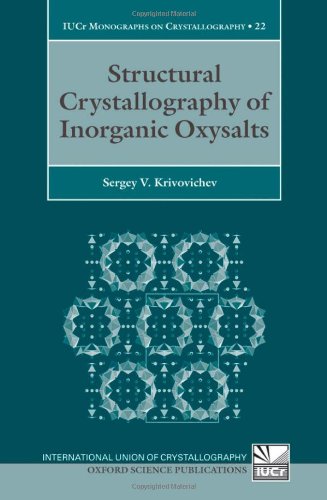

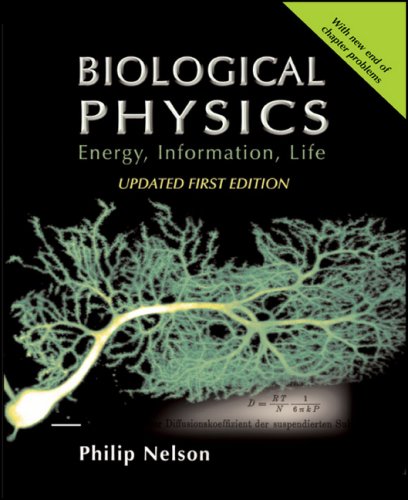
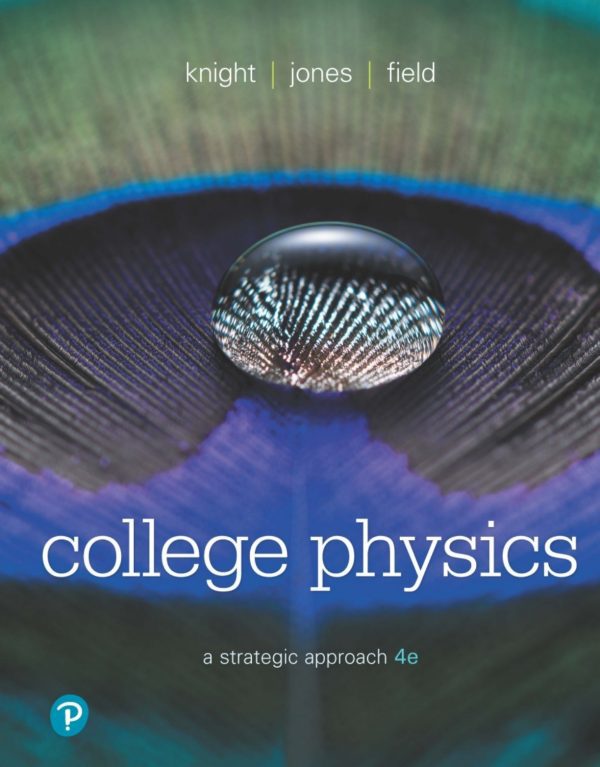
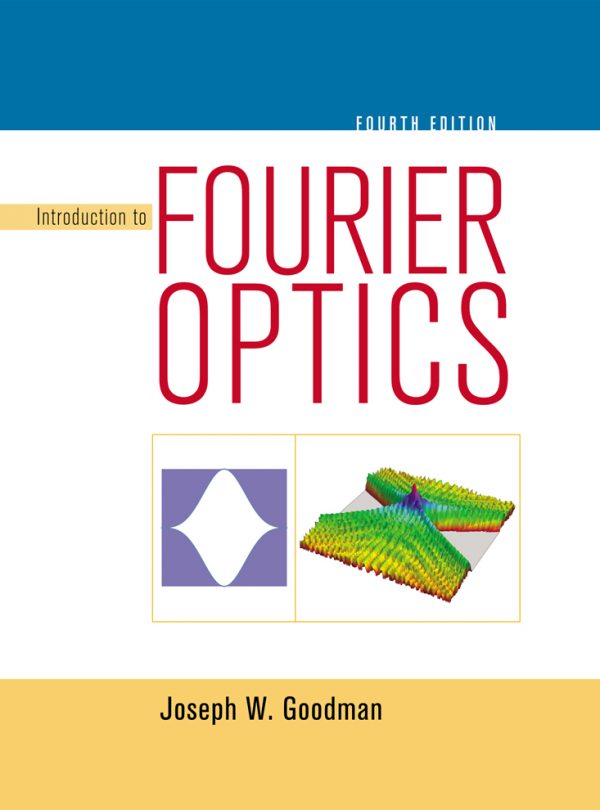
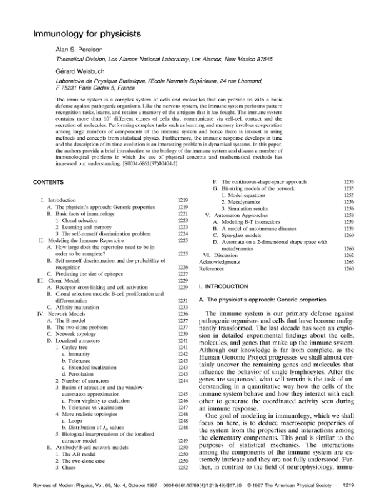

Reviews
There are no reviews yet.